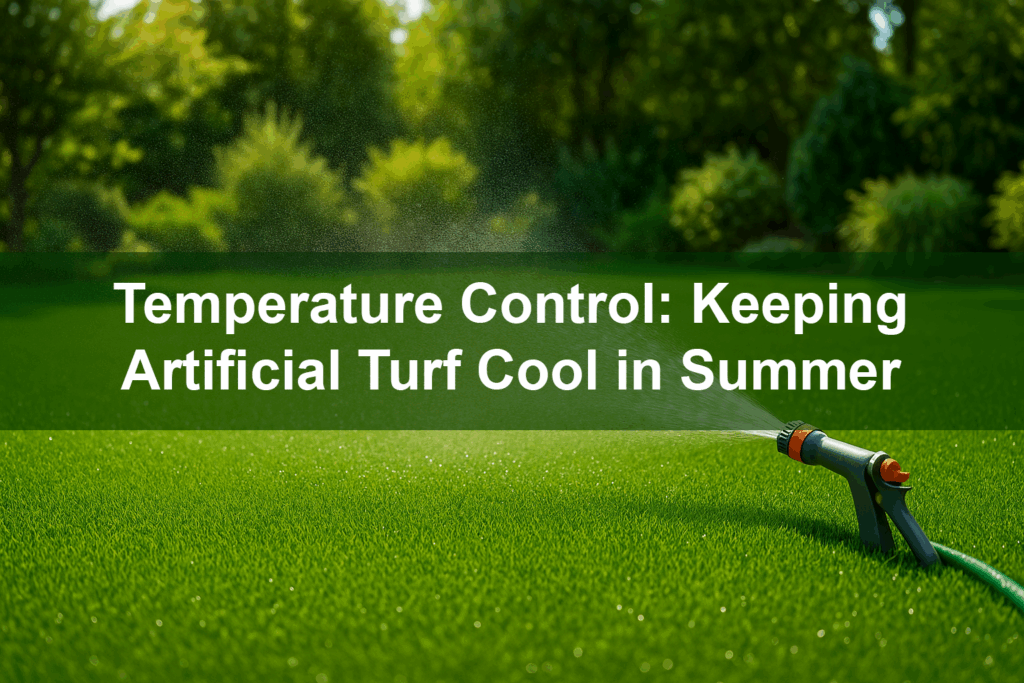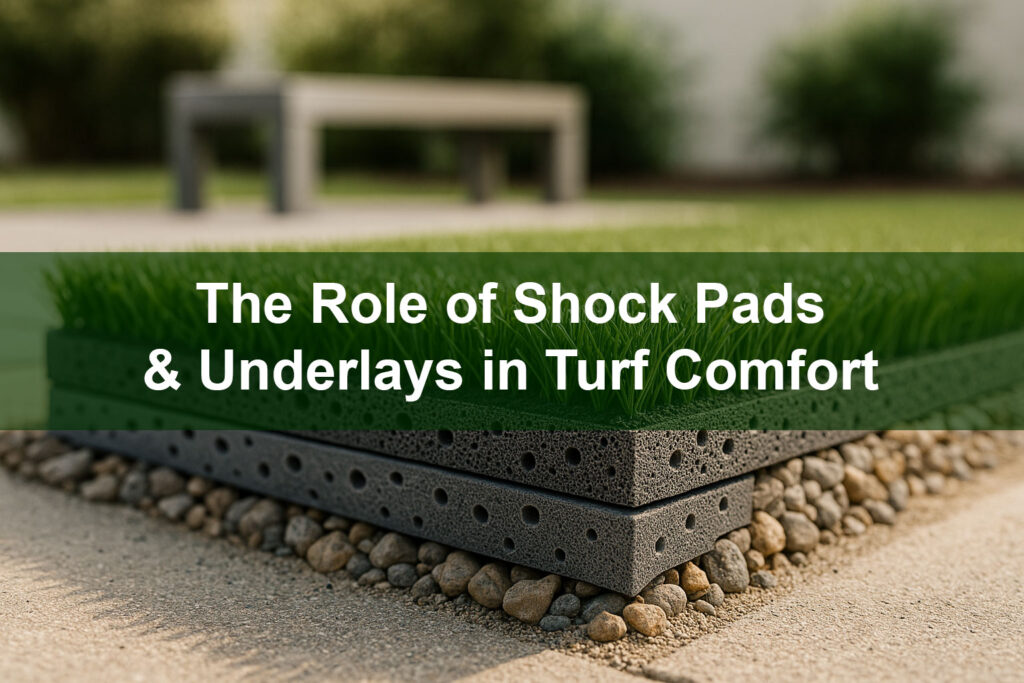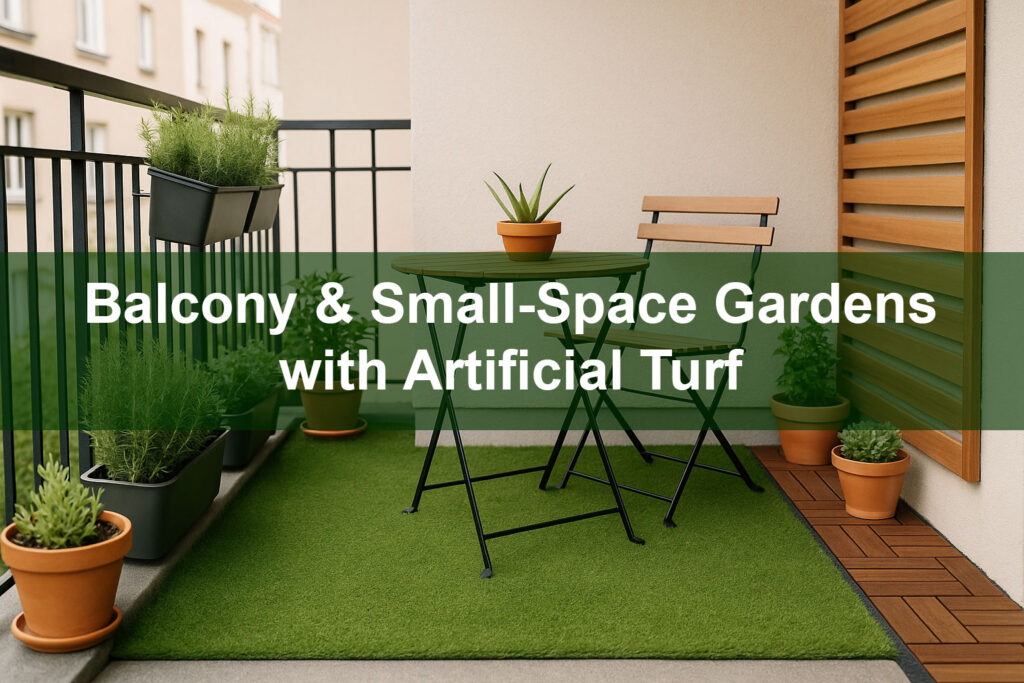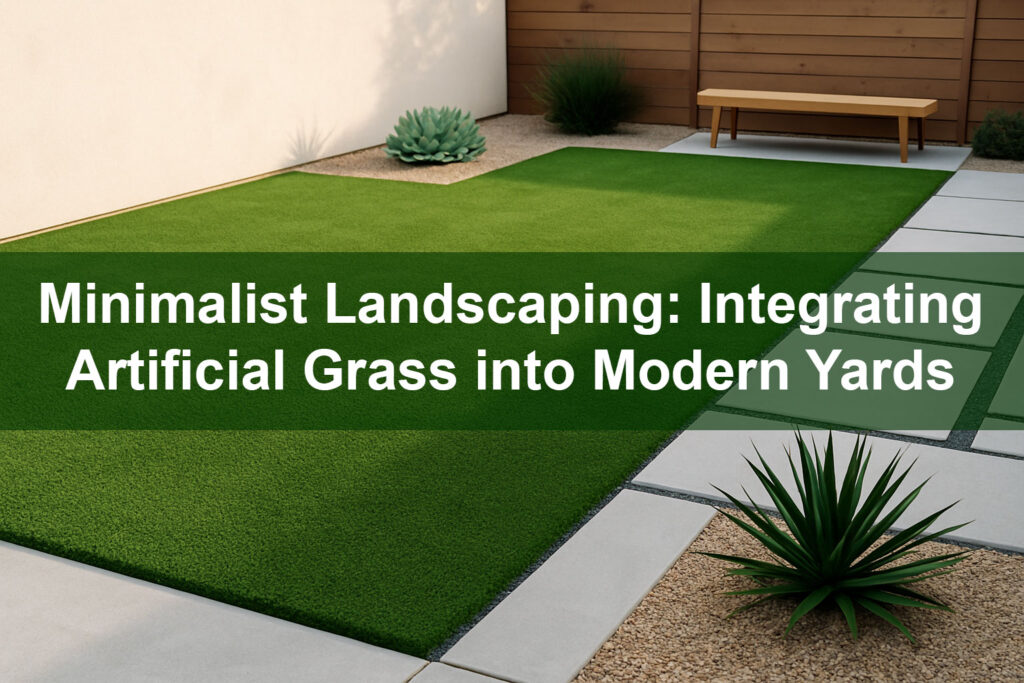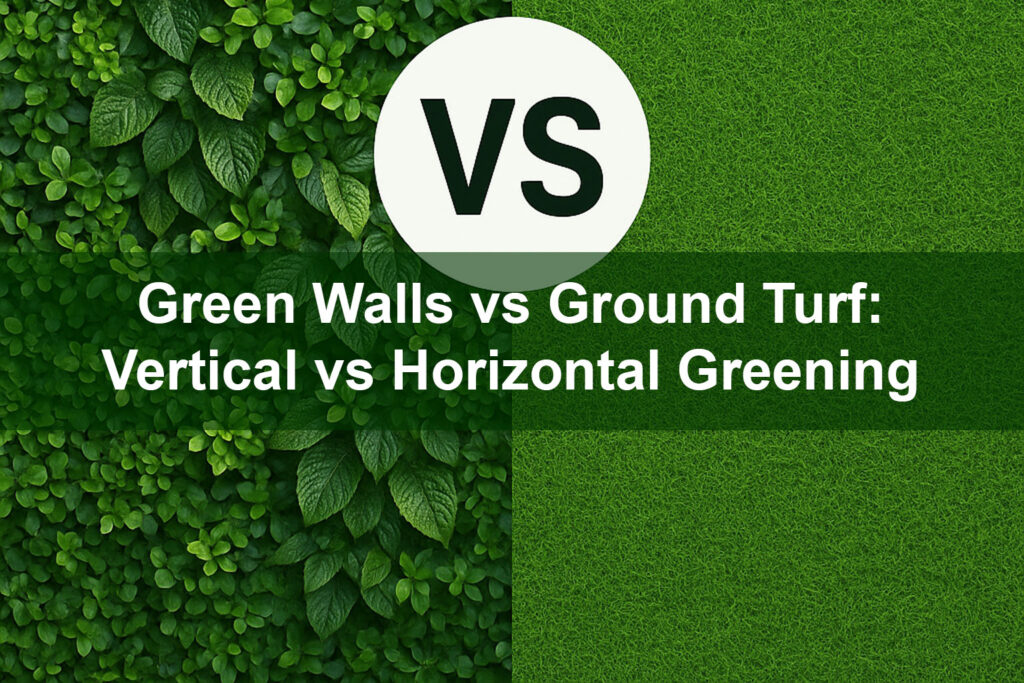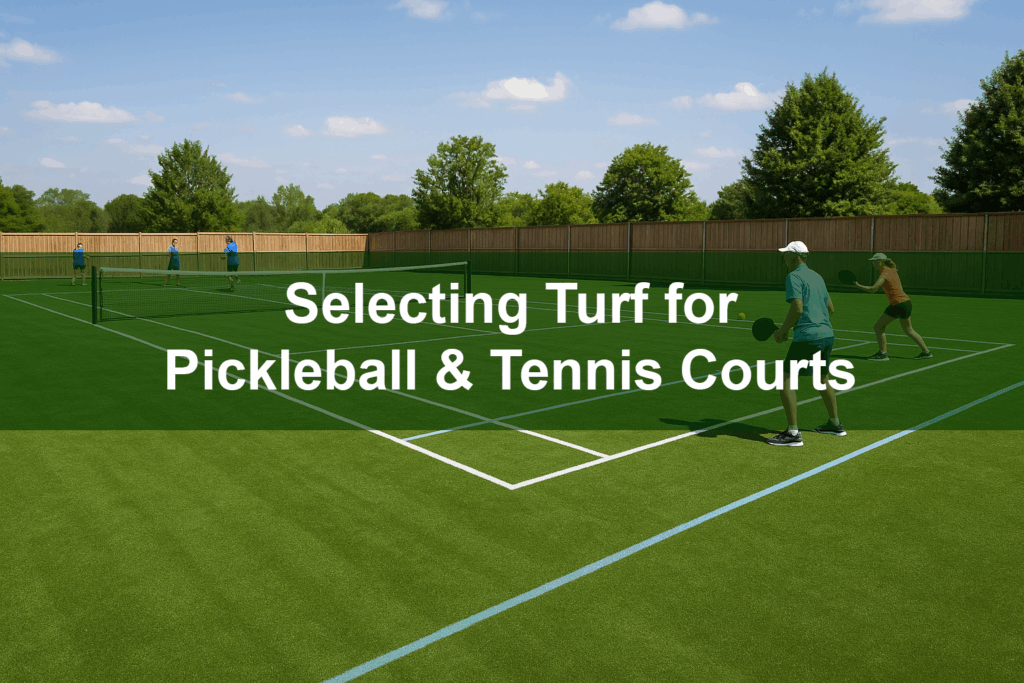Temperature Control: Keeping Artificial Turf Cool in Summer
Artificial grass offers year-round greenery with minimal maintenance, but in hot summer months, synthetic turf surfaces can become uncomfortably warm—sometimes exceeding ambient air temperatures by 30–40°F. Implementing proper design, material selection, and maintenance strategies keeps your lawn comfortable underfoot, protects turf fibers, and enhances outdoor enjoyment.
In this guide, you’ll discover practical methods—from choosing the right infill to incorporating shade and water features—to reduce turf temperature and create a pleasant, usable outdoor space even on the hottest days.
What You’ll Learn in This Guide:
- How and why artificial turf heats up under sunlight
- Best infill materials for cooling surface temperatures
- Color, fiber, and backing technologies that deflect heat
- Shade structures and plantings for passive cooling
- Active cooling methods: water misting and irrigation
- Advanced coatings and reflective treatments
- Installation and orientation tips for optimal airflow
- Routine maintenance to preserve cooling effects
1. Understanding Turf Heat Gain
When artificial grass is exposed to direct sunlight, its dark fibers absorb solar radiation and convert it into heat. Unlike natural grass, which cools through transpiration and moisture evaporation, synthetic turf retains that energy, causing surface temperatures to spike. Understanding this heat gain principle is the first step to implementing effective cooling strategies.
2. Choosing Cooler Infill Materials
Infill contributes significantly to surface temperature. Some materials retain heat more than others, so consider these options:
- Silica Sand: Affordable but prone to heat retention; use light-colored sand to reflect some sunlight.
- Coconut Husk (Coir): Organic and retains moisture, offering natural cooling by evaporative effect.
- Engineered Plant-Based Infill: Biodegradable and designed for moisture retention; cooler than mineral options.
- Rubber Crumb with Cooling Agents: Specialized rubber blends with additives to reduce surface heat.
3. Selecting Heat-Reflective Turf Fibers and Backing
Modern turf products incorporate UV inhibitors and reflective pigments to minimize heat absorption. When selecting turf:
- Light-Reflective Fibers: Look for turf with lighter green hues or mixed blade colors that reflect more sunlight.
- UV-Stable Backing: Waterproof backings with thermal barriers reduce heat transfer to the sub-base.
- Perforated Design: Maximum drainage holes help cool water drain quickly, preventing heat pockets.
4. Incorporating Passive Shade Solutions
Shaded areas stay cooler by blocking direct radiation. Consider adding:
- Shade Sails or Umbrellas: Retractable canopies that cast broad shade footprints.
- Pergolas and Trellises: Structures with climbing plants to filter sunlight.
- Mature Trees and Shrubs: Strategic plantings on the south or west perimeter for long-lasting shade.
5. Active Cooling with Water Features
Water provides immediate cooling through evaporation. Integrate these systems:
- Misting Nozzles: Install low-pressure mist lines along turf edges to spray a fine fog of water.
- Sprinkler Zones: Automated sprinkler systems activated during peak heat hours.
- Perimeter Drip Lines: Slow-release soaker hoses that keep the infill moist without pooling.
6. Advanced Cooling Coatings & Treatments
Specialized surface coatings can deflect infrared radiation and reduce peak temperatures. Options include:
- Reflective Turf Sealants: Silicone-based sprays that create a reflective barrier on fibers.
- Anti-Static Coatings: Help disperse heat and reduce dust build-up that can trap warmth.
7. Orientation & Airflow for Heat Dissipation
Position turf installations to maximize natural airflow and minimize sun exposure:
- East-West Layout: Reduces prolonged direct sun footprint compared to north-south orientation.
- Open Perimeters: Avoid tall fences or walls that trap hot air; allow breezes to circulate freely.
8. Maintenance for Sustained Cooling
Regular upkeep preserves cooling benefits:
- Monthly rinsing: Wash infill to remove dust and debris that absorb heat.
- Seasonal deep brushing: Lift fibers and redistribute infill to maintain airflow under blades.
- Inspect coatings: Reapply reflective sealants annually as needed.
Conclusion & Next Steps
By combining material selection, shading, water-based cooling, and proper maintenance, you can keep your artificial lawn comfortable even during scorching summer days. Ready to implement these strategies? Explore our turf and cooling solutions on the product page or connect with our installation experts on the Buy-Grass site.
Stay Cool with Your Turf This Summer
Contact Buy-Grass to learn about cooling infills, shade structures, and installation services.

